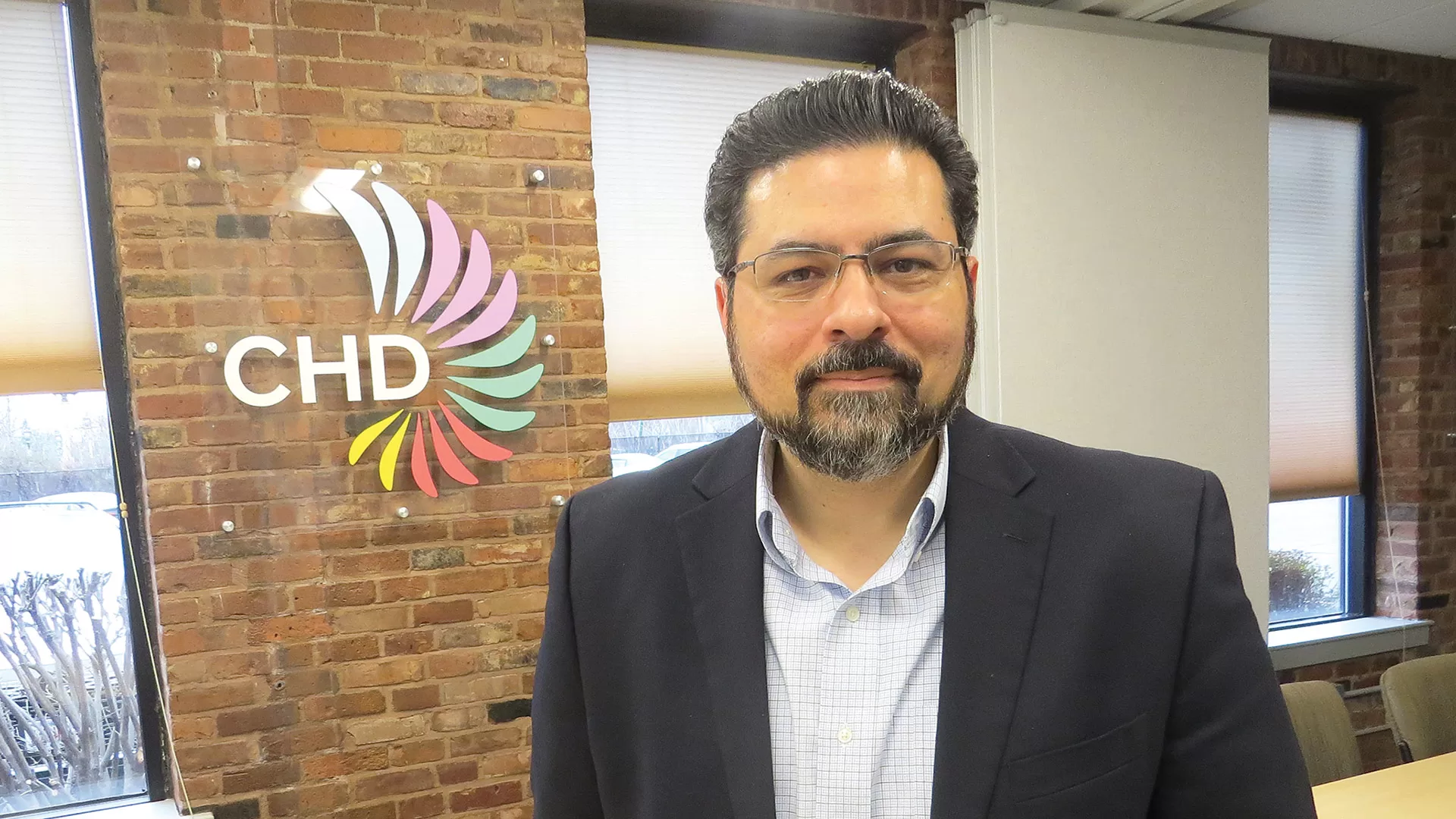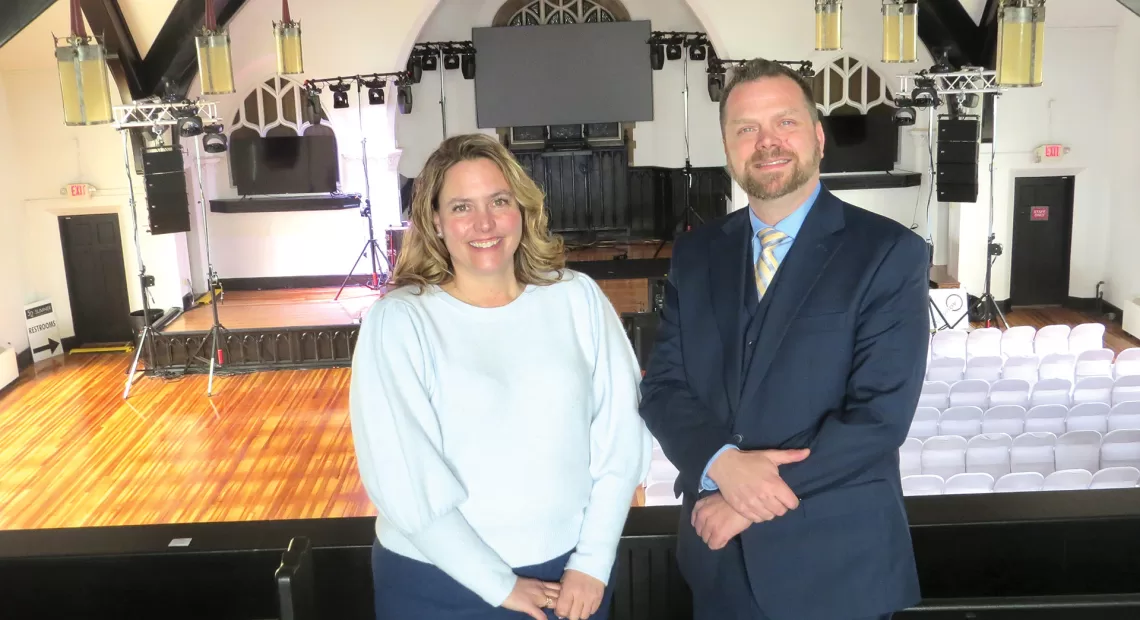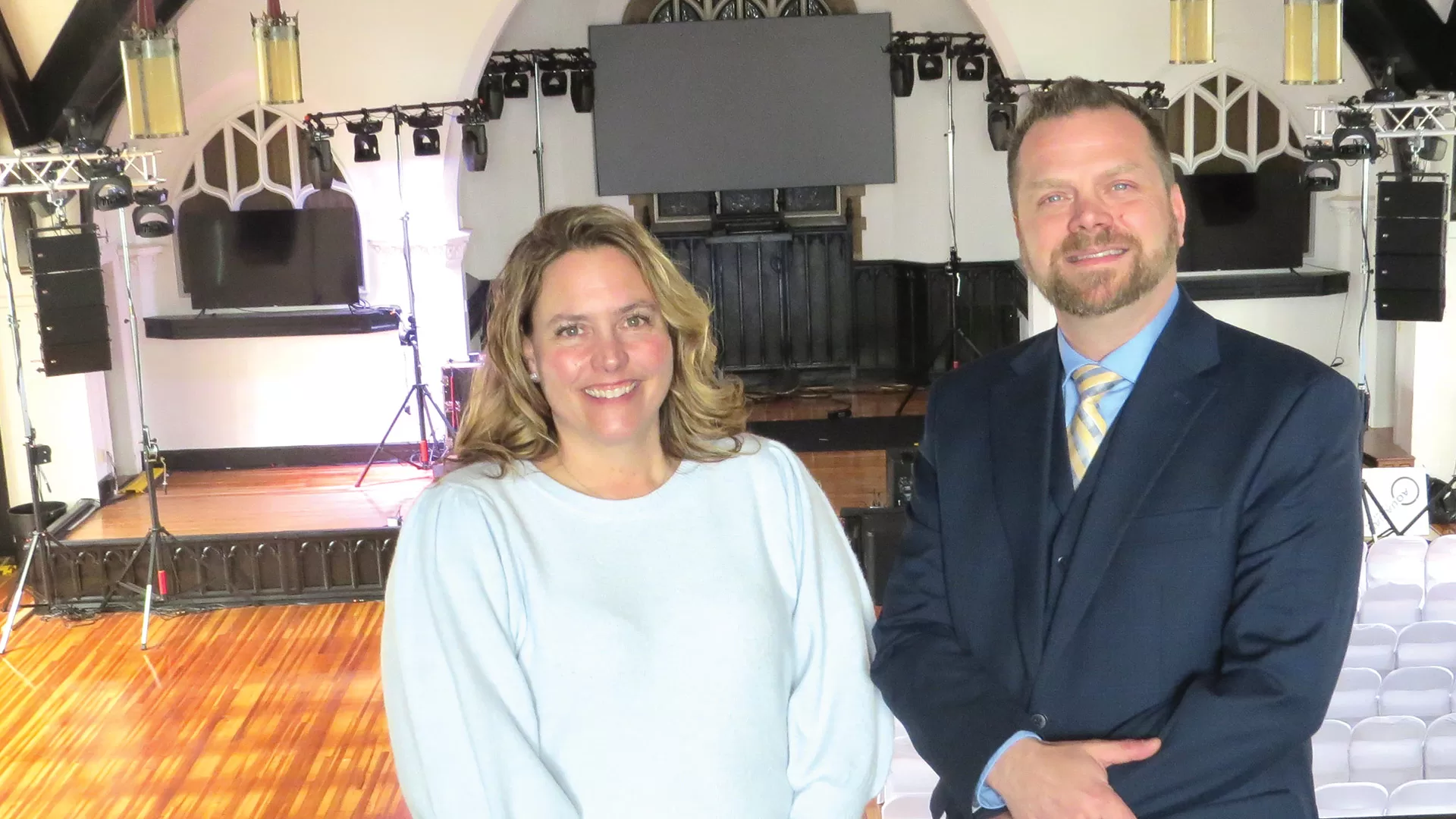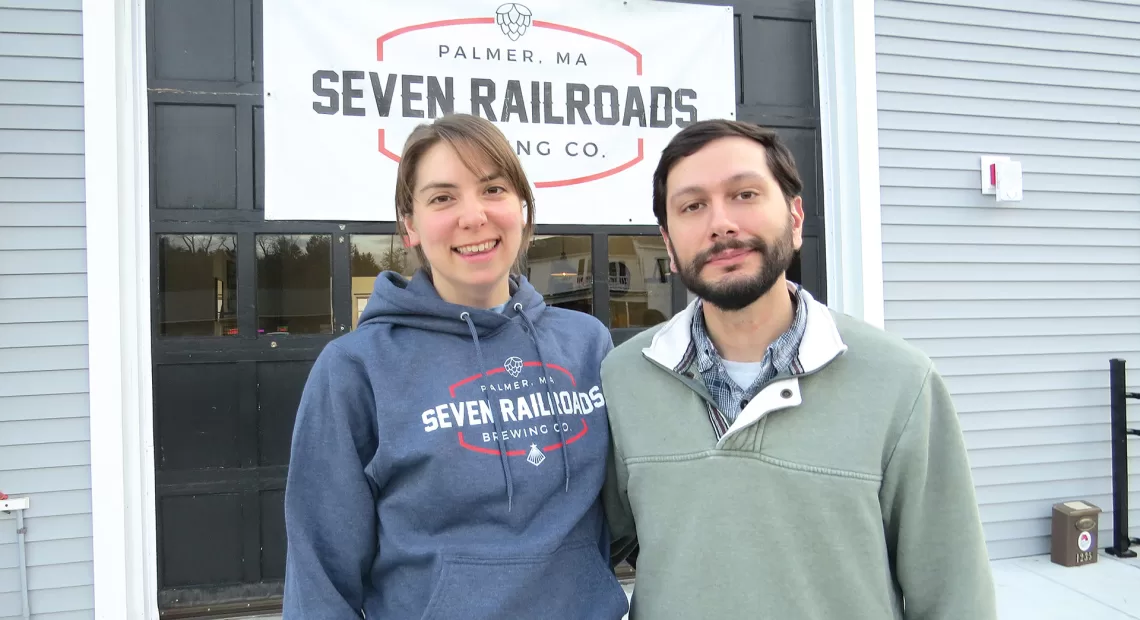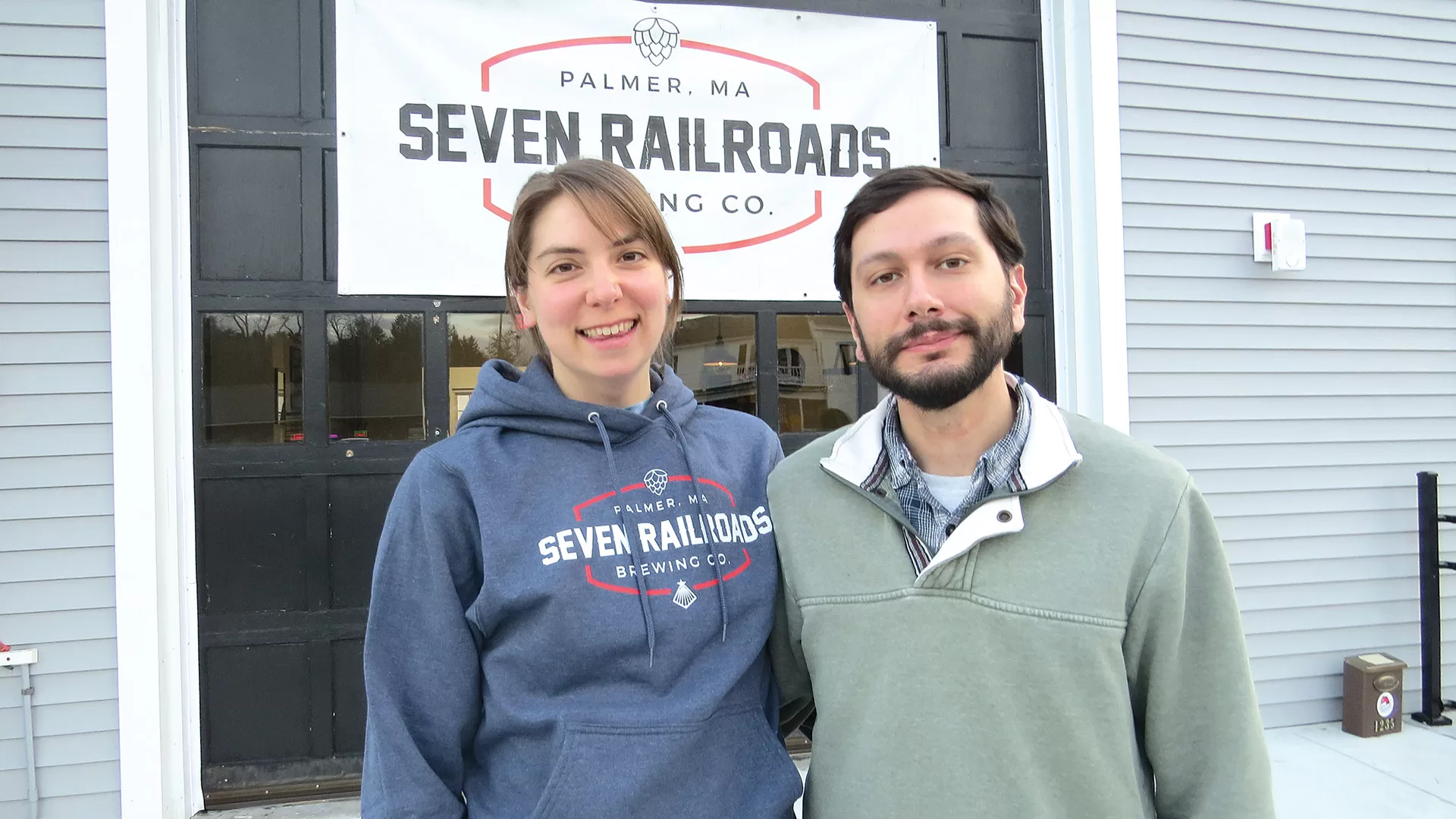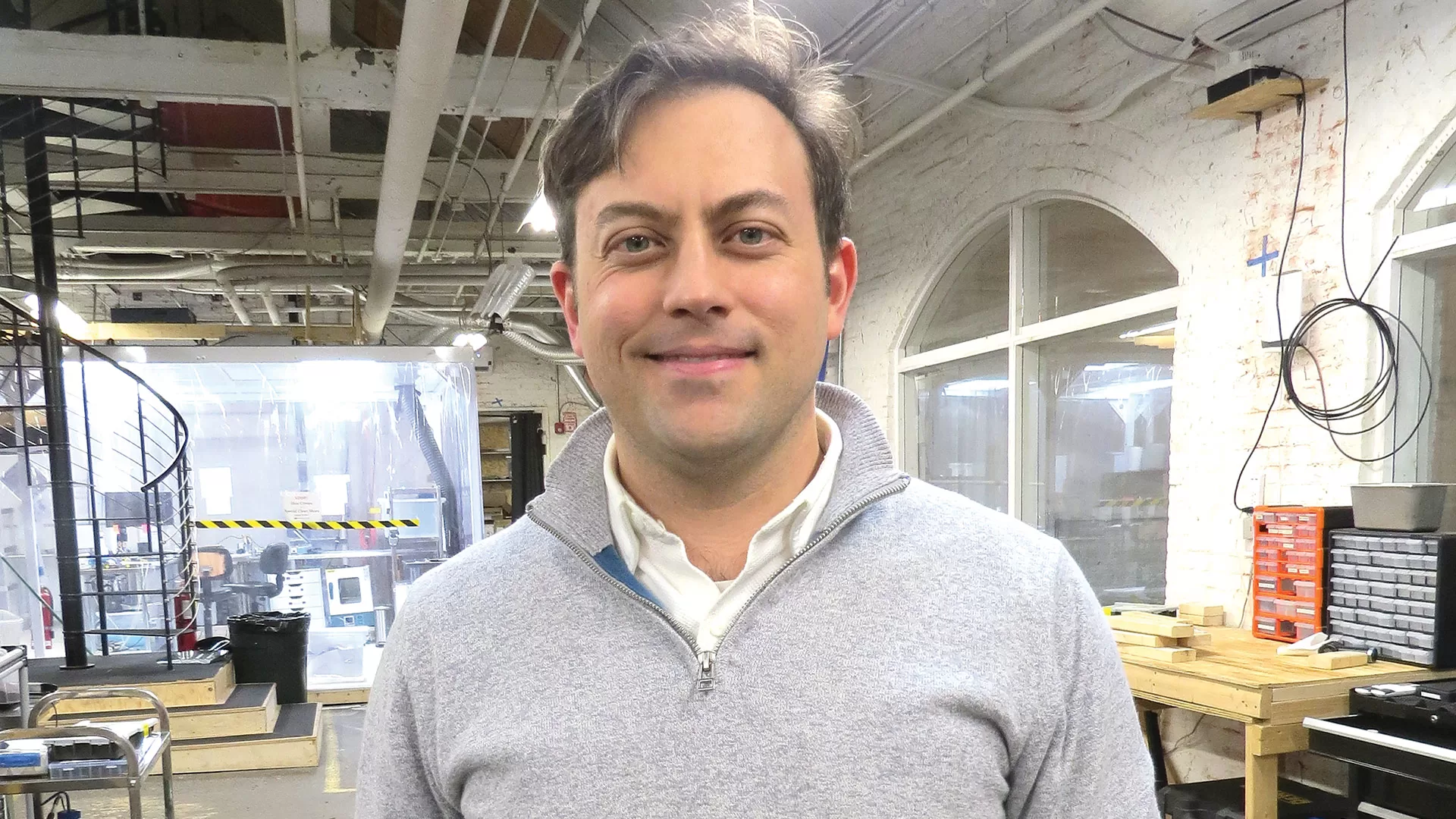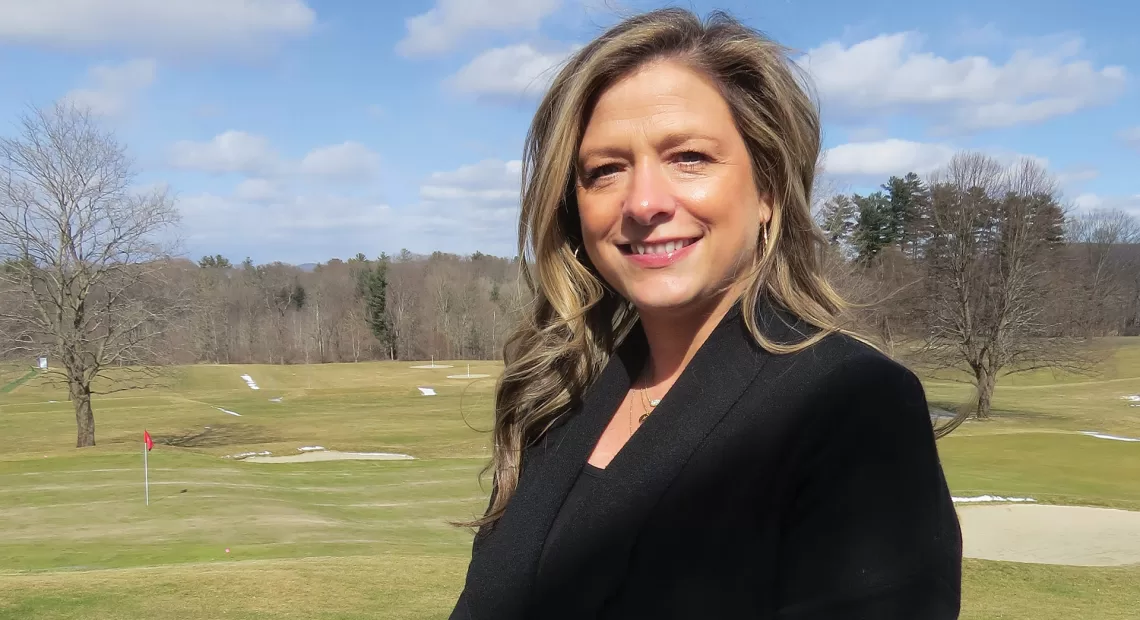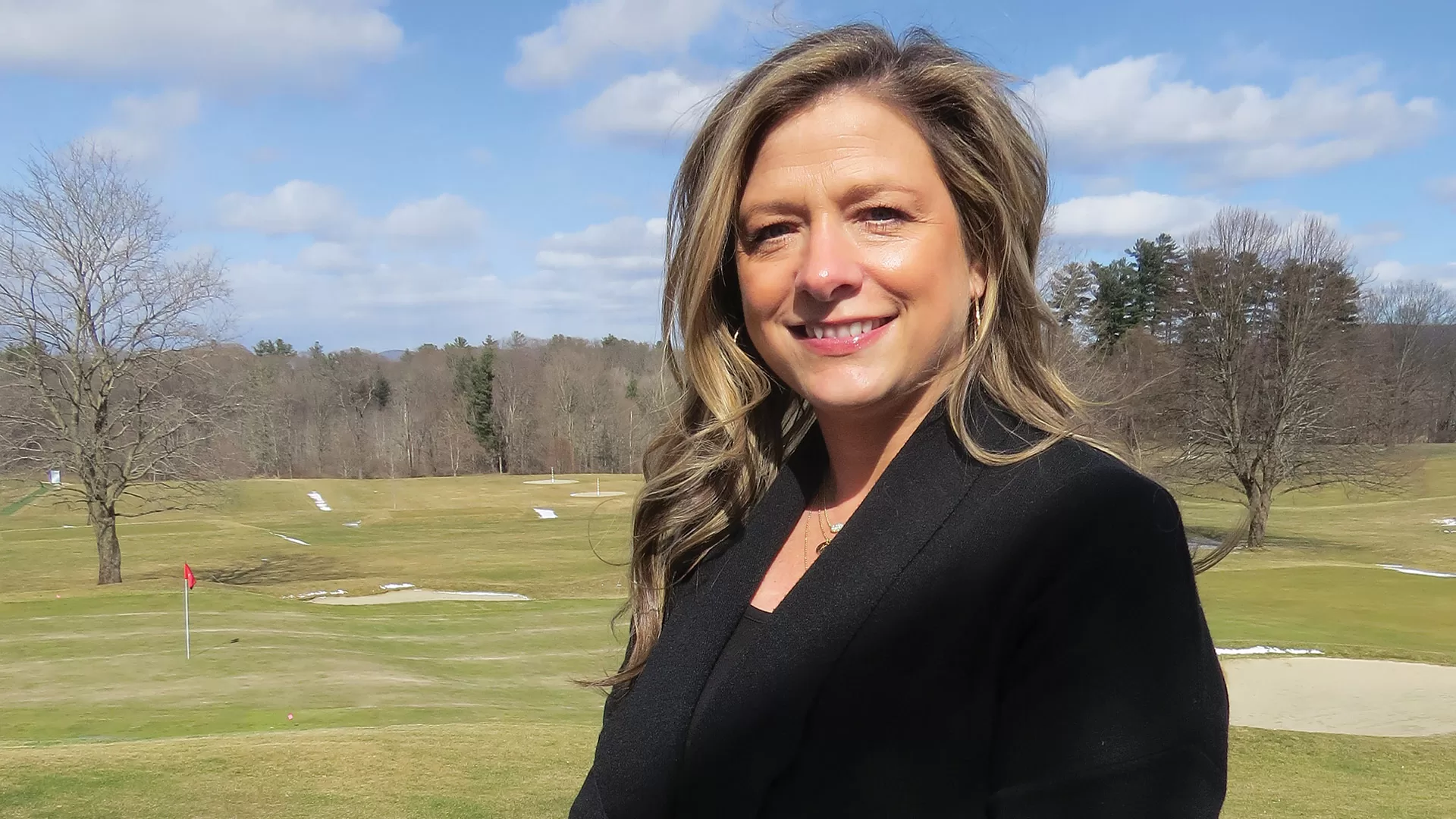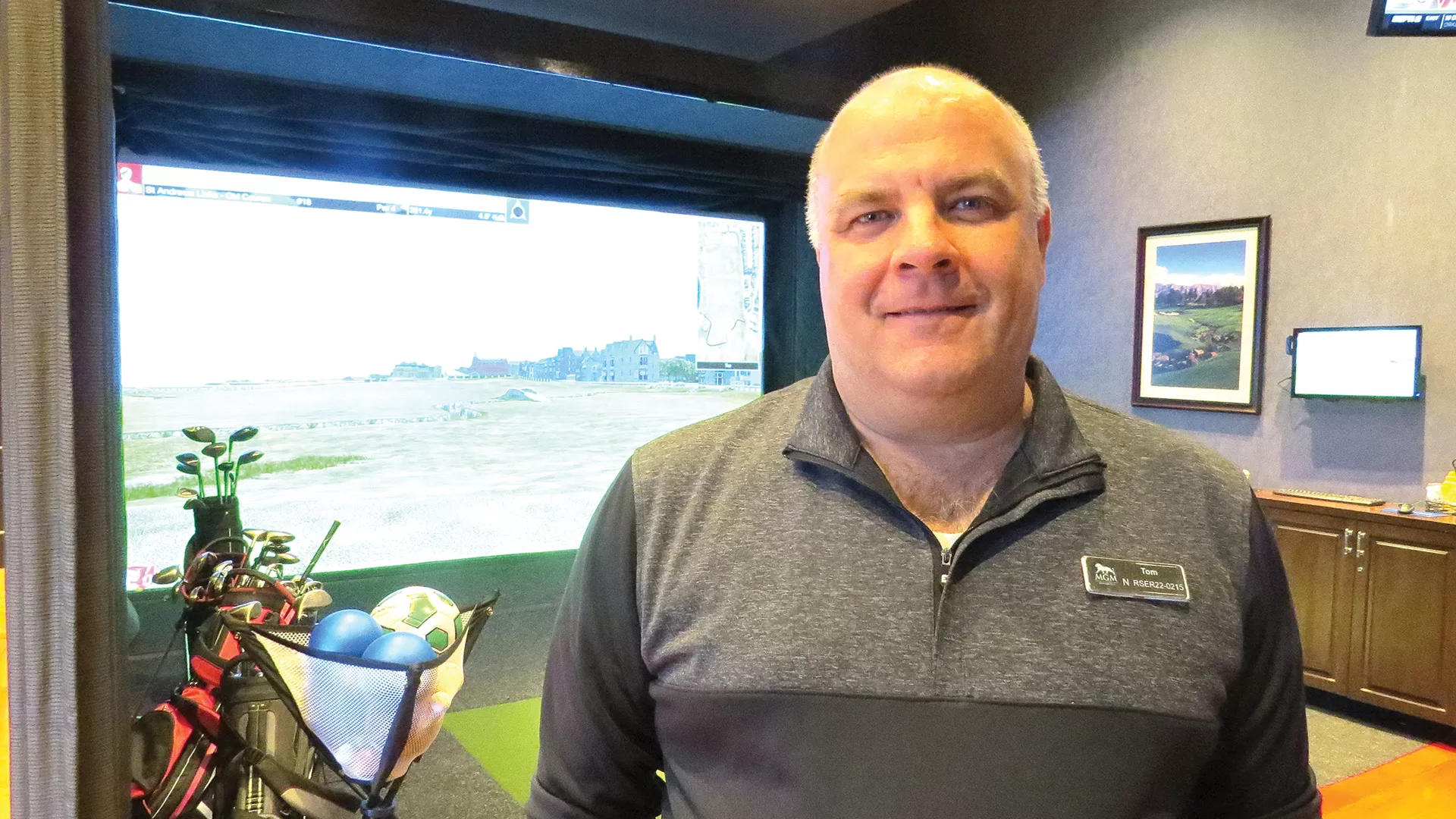Community Spotlight

Molly Keegan says the Route 9 project is just one of many ongoing issues in Hadley.
There is no official countdown clock on the massive project to widen and reconstruct roughly 2.5 miles of Route 9 in Hadley.
But there might as well be.
Indeed, many business owners and residents alike are counting down the months, weeks, and days until this important undertaking, launched in 2021, is in the books; April 2026 is the projected date. Everyone agrees that, when finished, the project will be well worth the trouble and inconvenience it is creating. But getting there … well, that is an ongoing challenge and topic of frustration for many.
“Yes, it’s a disruption, especially for some of the businesses along Route 9 that have had more disruption to date than others,” said Molly Keegan, a principal with Curran & Keegan Financial, a Select Board member in town and one of the driving forces behind the creation of the Hadley Business Council. “But, ultimately, I think it’s really going to serve the business community well once it’s completed.”
The Route 9 project is one of many ongoing issues in this community of just over 5,000 people, said Keegan and Town Administrator Carolyn Brennan. Others include a growing need for a full-time planner, the advancement of plans for a new Department of Public Works facility, and ongoing work to maintain the town’s dikes, a costly but necessary initiative.
But it’s a housing problem — which mirrors what’s happening in many other communities but is perhaps more acute because of the surging cost of real estate in Hadley — that has perhaps taken center stage, Brennan said.
“Ultimately, I think it’s really going to serve the business community well once it’s completed.”
As in many other communities, she noted, a shortage of affordable housing is certainly impacting seniors and young families. The former want to stay in town but don’t have any place to go except the large homes they no longer want or need, and the latter are finding it increasingly difficult to come to Hadley because there is very little that they can afford.
“If you do any search on housing in Hadley, at any given time, there’s maybe five or six houses, and they’re extremely expensive,” Brennan said. “There are a lot of parents who have raised their kids here — and those kids can’t afford to raise their own children here.”
Keegan agreed. “It’s very difficult for people on either end of the spectrum to buy in,” she said. “If you look right now and see what’s for sale in Hadley, you’ll find houses for $900,000 to $1 million. Young people looking to start a family are not going to be able to afford that.”
For this, the latest installment of its Community Spotlight series, BusinessWest takes an in-depth look at Hadley, a community known for its asparagus, but also a lively, diverse business community that continues to take advantage of the town’s unique spot on the map.
Location, Location, Location
As she relayed the story of how Curran & Keegan relocated from Northampton to Middle Street in Hadley, in the center of town, in 2021, Keegan explained, rather succinctly and effectively, why this community has become such a popular mailing address for businesses of all kinds.
In short, it’s that oldest and most absolute of commercial real-estate values: location, location, location, in this case between two college towns and two of the most popular destinations in the region — Amherst and Northampton — a spot that has made Hadley a destination itself.
Carolyn Brennan
“If you do any search on housing in Hadley, at any given time, there’s maybe five or six houses, and they’re extremely expensive. There are a lot of parents who have raised their kids here — and those kids can’t afford to raise their own children here.”
“We had been renting and were looking for a property to purchase,” she explained. “This particular property we’re in had been a residential property, but given its proximity to Route 9, it happened to be zoned commercial. We fell in love with it; it’s a wonderful location for our clients on both sides of the river, and also those coming down from Franklin County. We’re in the perfect spot at the crossroads of Route 47 and Route 9.”
Business owners in virtually every sector can say essentially the same thing, which is why Hadley, and especially that Route 9 corridor, is home to everything from hotels and restaurants to big-box retail stores; from car dealerships to cannabis dispensaries; from tech companies to the world headquarters for V-One Vodka.
All or most of them are taking full advantage of the 100,000 or so cars that pass along Route 9 every day, although there are certainly fewer these days as the construction project continues and many bypass the thoroughfare — if they can. And those that are on it are moving more slowly because of that work.
Hadley at a glance
Year Incorporated: 1661
Population: 5,325
Area: 24.6 square miles
County: Hampshire
Residential Tax Rate: $11.39
Commercial Tax Rate: $11.39
Median Household Income: $51,851
Median Family Income: $61,897
Type of Government: Open Town Meeting, Board of Selectmen
Largest Employers: Super Stop & Shop; Evaluation Systems Group Pearson; Elaine Center at Hadley; Home Depot; Lowe’s Home Improvement
* Latest information available
But, by and large, businesses along the road are getting by, said Keegan, adding that project was one of the motivations for creation of the Hadley Business Council, and it has certainly become a priority for the agency, which meets on the last Friday of each month.
The council has helped generate ongoing communication among the business community, the Massachusetts Department of Transportation, and Baltazar Contractors, the general contractor handling the Route 9 project, which has in some ways eased the disruption.
“They recognize the negative impact on businesses, and they’ve been doing everything they can to make sure that there’s signage to indicate that businesses are still open and that they’re not blocking people from entering those businesses,” Keegan said. “So we’ve established a good working relationship.
“That said, there has been an impact on certain businesses,” she said, listing ventures ranging from Hillside Pizza to Wanczyk Nurseries to Exotic Auto, which had to be relocated to another spot on Route 9 because of the project.
As noted, the road work is one of the main focal points at present for the business council, which was formed, she explained, to improve communication between the town and its business community — “in both directions.”
One of the council’s priorities is educational opportunities, she said, adding that the town’s building inspector has appeared before the group to talk about the permitting process. Meanwhile, the council serves as a voice for the business community if it wants to bring something to the attention of town leaders, such as the need for specific bylaws and zoning on food trucks.
“I think we’ve done remarkably well for a long time, but there is so much out there in terms of grant opportunities, especially around housing — the state is really promoting housing construction — and it’s difficult to take advantage of those opportunities when you don’t have someone focused on it on a full-time basis.”
One of the issues moving forward is a heavy reliance on volunteer board members, said Keegan, adding that, for some time, the town has looked at hiring a full-time planner but hasn’t been able to fit such a position into the budget. Money remains tight, but the need for a planner continues to grow, she told BusinessWest.
“I think we’ve done remarkably well for a long time, but there is so much out there in terms of grant opportunities, especially around housing — the state is really promoting housing construction — and it’s difficult to take advantage of those opportunities when you don’t have someone focused on it on a full-time basis,” she explained. “So that’s something we will continue to take a look at; ultimately, a position that like that will pay for itself over time.”
Housing, Housing, Housing
As she talked about Hadley’s housing challenges, Brennan referenced a recent project undertaken by students in the architecture and landscape architecture programs at UMass Amherst.
As part of a studio course, the students were asked to develop potential plans for re-envisioning the Hampshire Mall, a 33-acre property on Route 9 that, like many malls, has suffered from the growing popularity of online shopping and other sea changes in retail and has lost of many businesses.
The course, “Reimagining the Hampshire Mall: Exploring Opportunities for Intergenerational Housing and Community Development,” yielded a proposal to convert the space into 40 rowhouses and 150 apartments with recreational areas.
“It was really fascinating; we sat and listened to the students, who showed us the design and engineering of what the mall could look like by bringing housing and commercial together, and that was very interesting,” said Brennan, noting that the audience included many from the business community and Hadley’s Economic Development Committee, as well as representatives of the mall. “There is definitely some potential for something like this in Hadley.”
While she acknowledged that this was a course project and such an initiative is a long way from reality, Brennan said it will require some real imagination and, most likely, creative reuse of properties like the mall to ease the town’s housing shortage.
“It was a good visual for people on those committees to see what the opportunities are in Hadley,” she said, adding that, like other cities and towns in the region, Hadley is finding it challenging to interest the development community in affordable-housing initiatives, which is the type of project most needed at the moment.
Indeed, Keegan noted that the town’s senior population continues to grow each year, and there is a huge shortage of housing for that constituency.
She offered hope that town officials might be able to take advantage of state Chapter 40R, which encourages the creation of dense residential or mixed-use smart-growth zoning districts, including a high percentage of affordable-housing units, to ease the crunch.
“40R could go a long way toward helping us increase the housing stock,” she said. “But like anything, whatever changes are made are done thoughtfully and over some period of time.”
Housing is one option being considered for the iconic, 129-year-old Russell School, said Brennan, noting that the landmark has been vacant since 2015. A reuse study has identified several alternatives, including keeping the property as a municipal building and renovating it and creating a public-private partnership, she noted.
“The study is going to determine what the market might be for various uses and what it would cost to renovate the Russell School,” she said, adding that housing is certainly a consideration. “We’re hoping that we’re going to get some options to put in front of the voters to see how they would like to proceed with the school.”



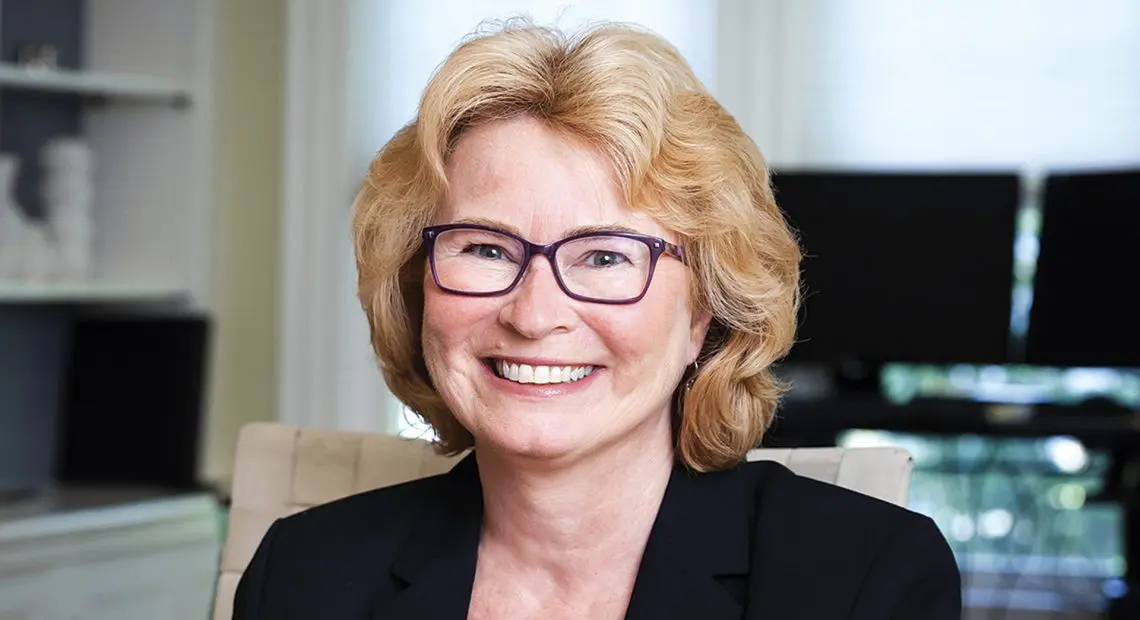
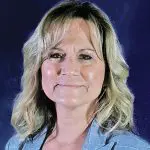



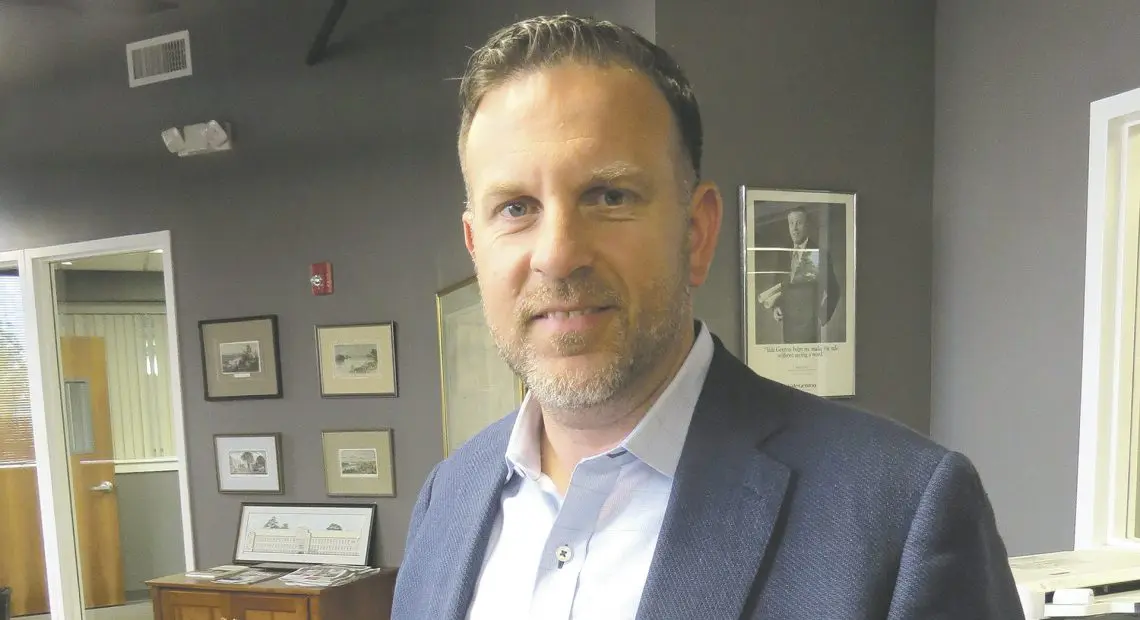


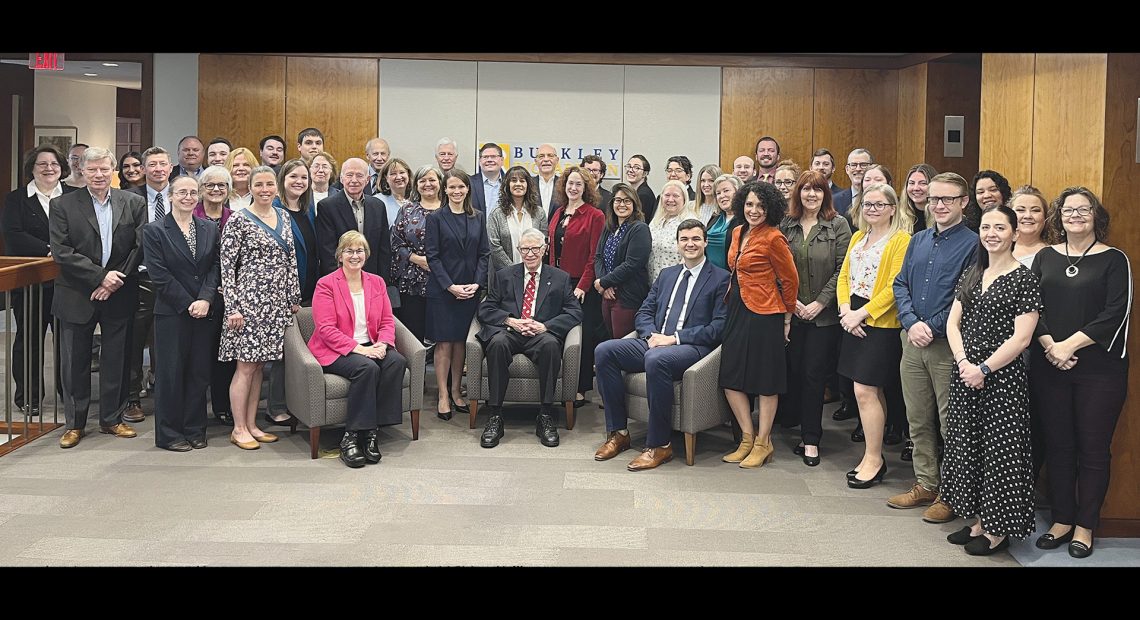

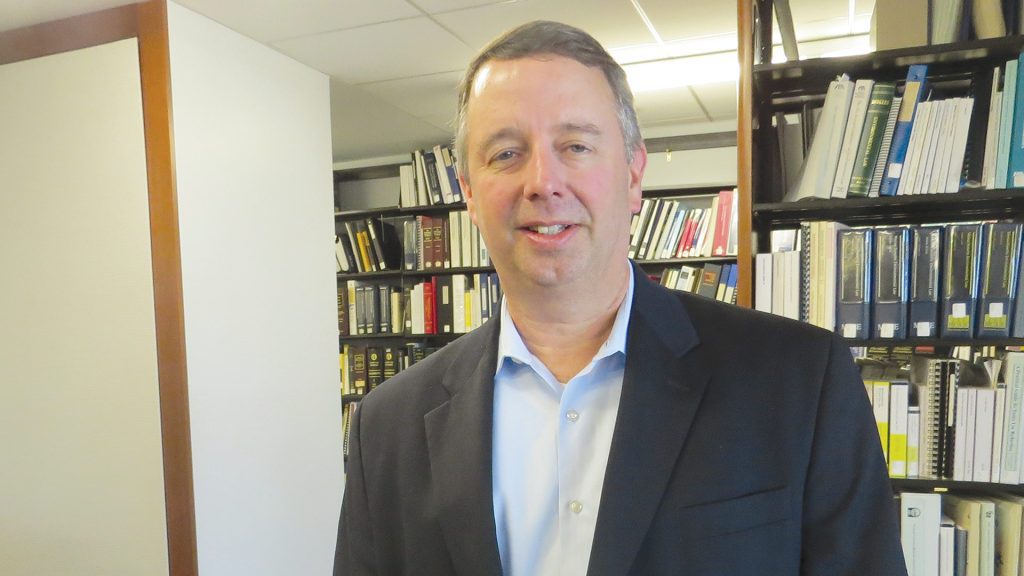
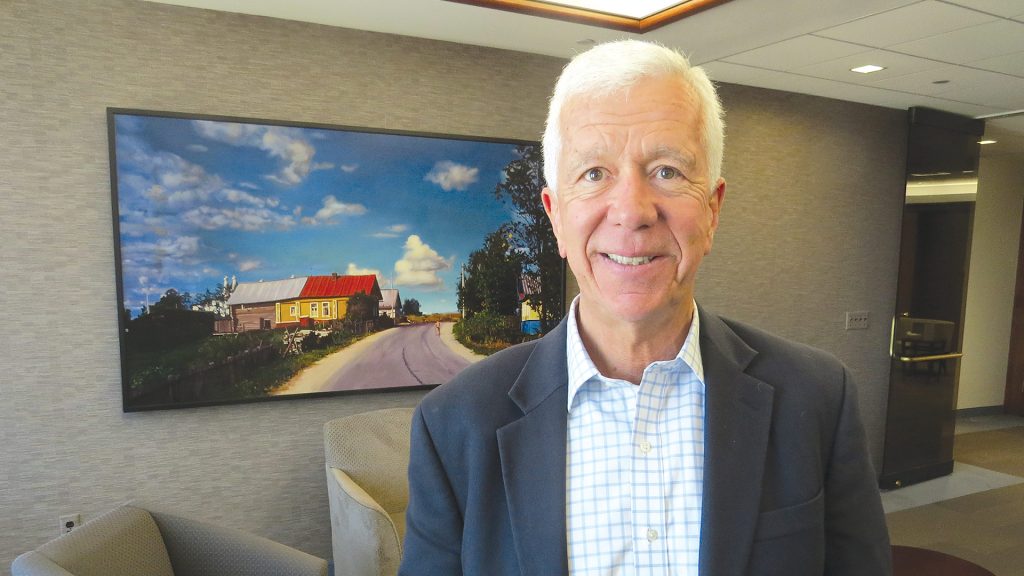
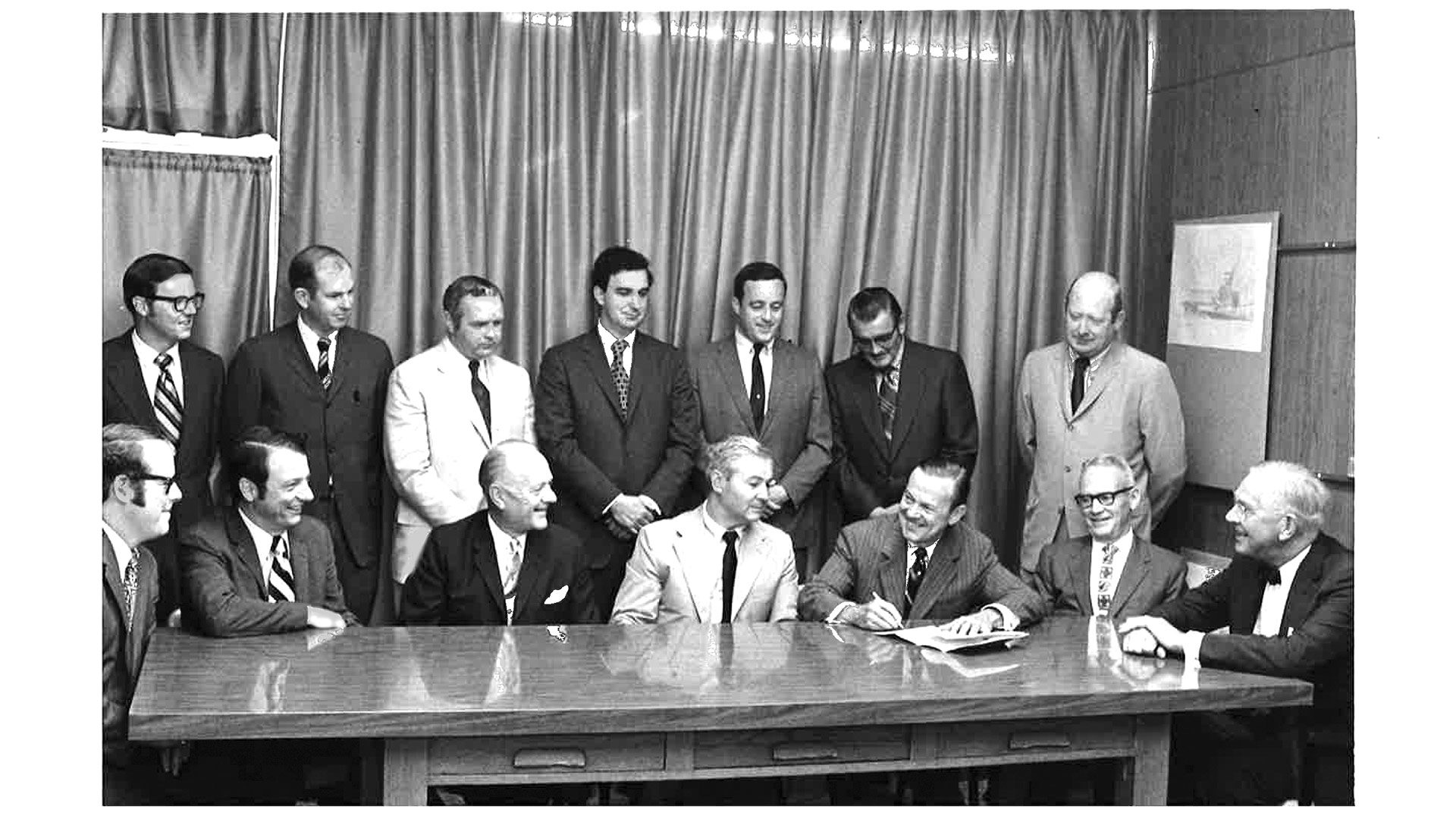
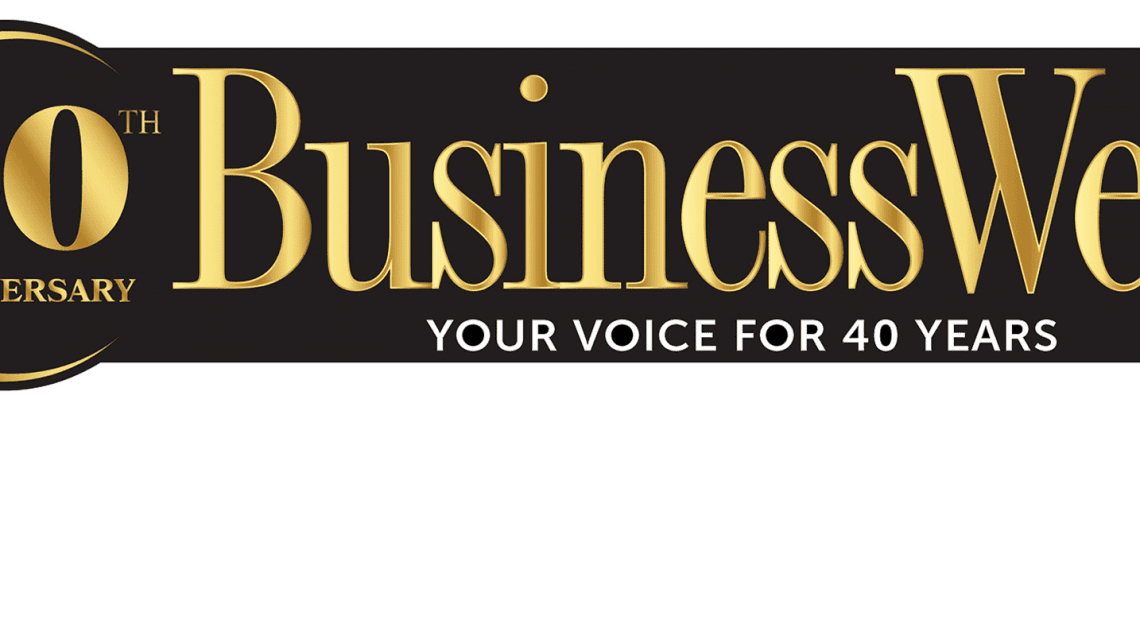
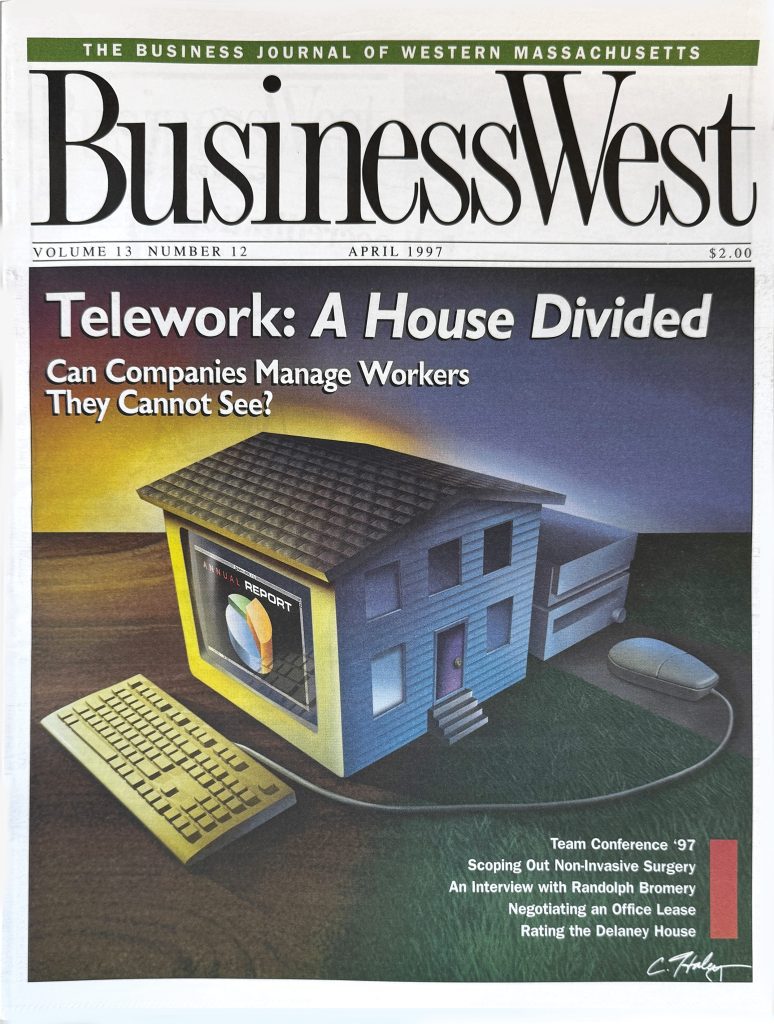 Allison Ebner recalls that, when she first entered the workplace just over 30 years ago, the overriding question still concerned what the employee could do for the employer.
Allison Ebner recalls that, when she first entered the workplace just over 30 years ago, the overriding question still concerned what the employee could do for the employer.

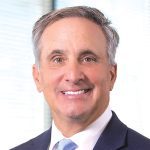
 When Rudy D’Agostino entered the accounting profession back in 1985, there was what they called the ‘Big 8.’
When Rudy D’Agostino entered the accounting profession back in 1985, there was what they called the ‘Big 8.’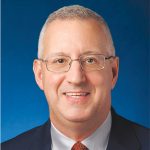



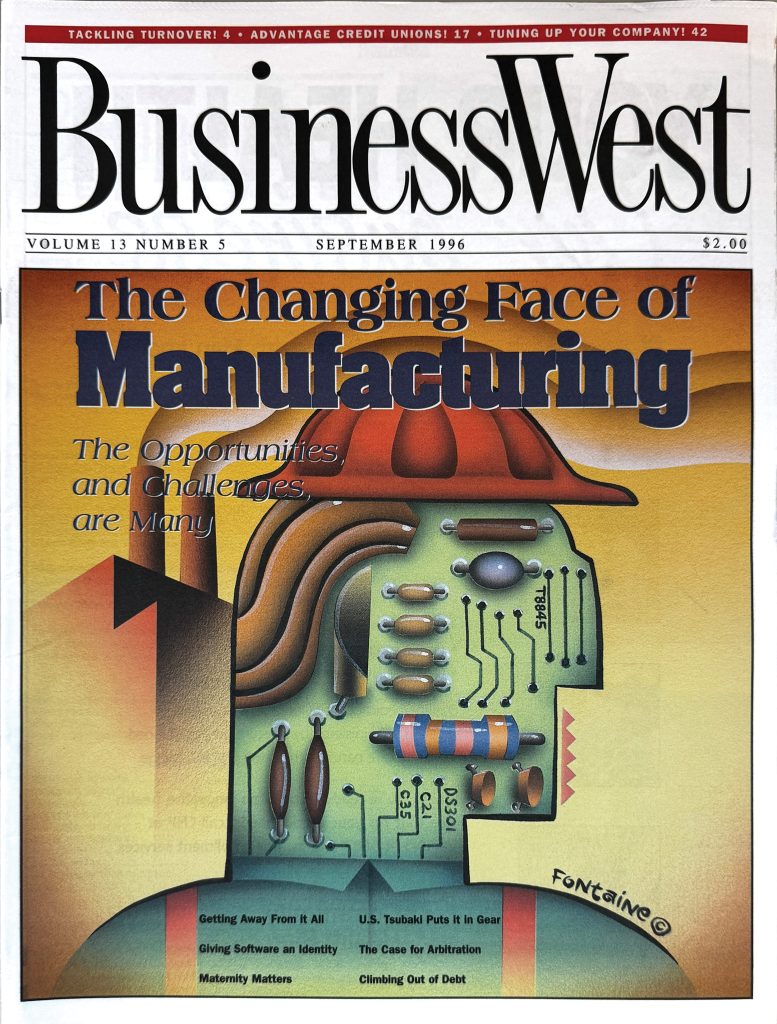 Rick Sullivan calls manufacturing the “invisible backbone” of the Western Mass. economy.
Rick Sullivan calls manufacturing the “invisible backbone” of the Western Mass. economy.
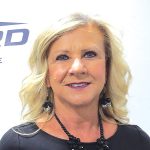

 When she first started working for Merrill Lynch in 1985, Pat Grenier had a desk, a phone, a phone book, and a street directory. And there was a lot of cold calling.
When she first started working for Merrill Lynch in 1985, Pat Grenier had a desk, a phone, a phone book, and a street directory. And there was a lot of cold calling.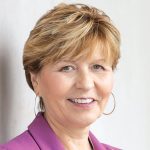
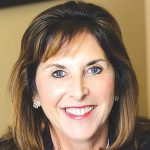
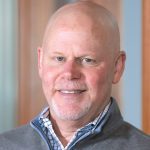

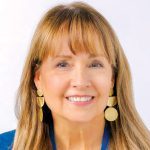
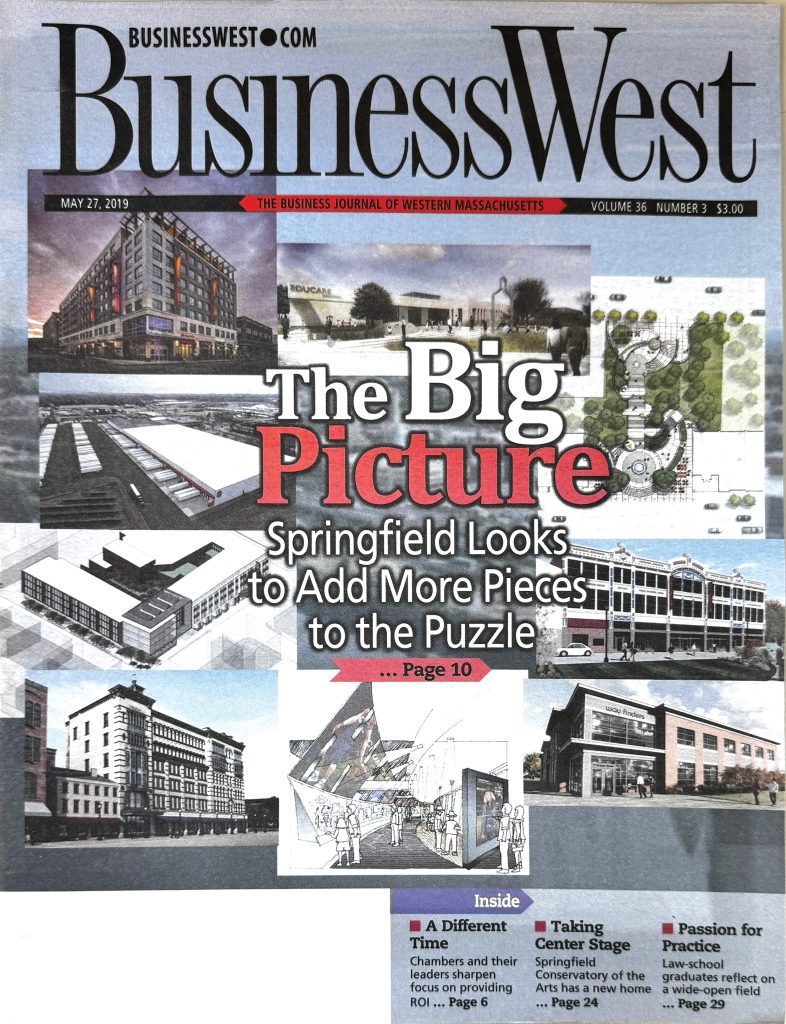 When Jack Dill, president of Colebrook Realty Services, arrived in downtown Springfield in the mid-’70s, it was a different world and a much different city.
When Jack Dill, president of Colebrook Realty Services, arrived in downtown Springfield in the mid-’70s, it was a different world and a much different city.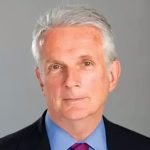

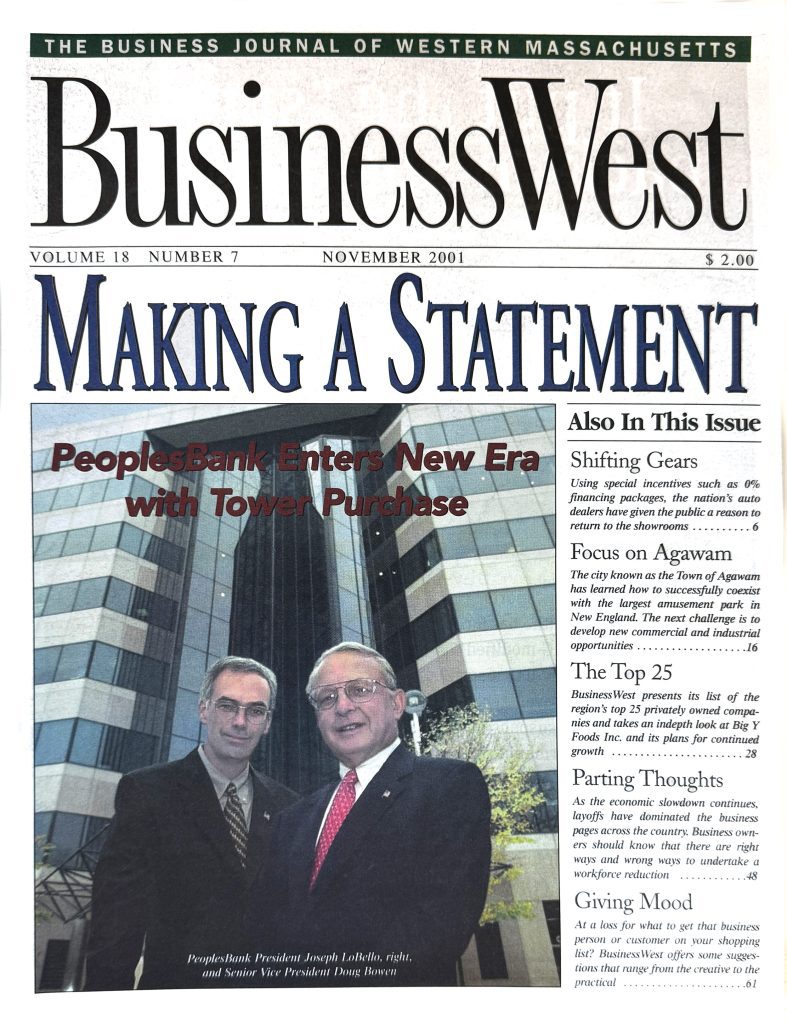 Tom Senecal used some hard numbers to detail what is perhaps the biggest change in the banking industry over the past four decades.
Tom Senecal used some hard numbers to detail what is perhaps the biggest change in the banking industry over the past four decades.



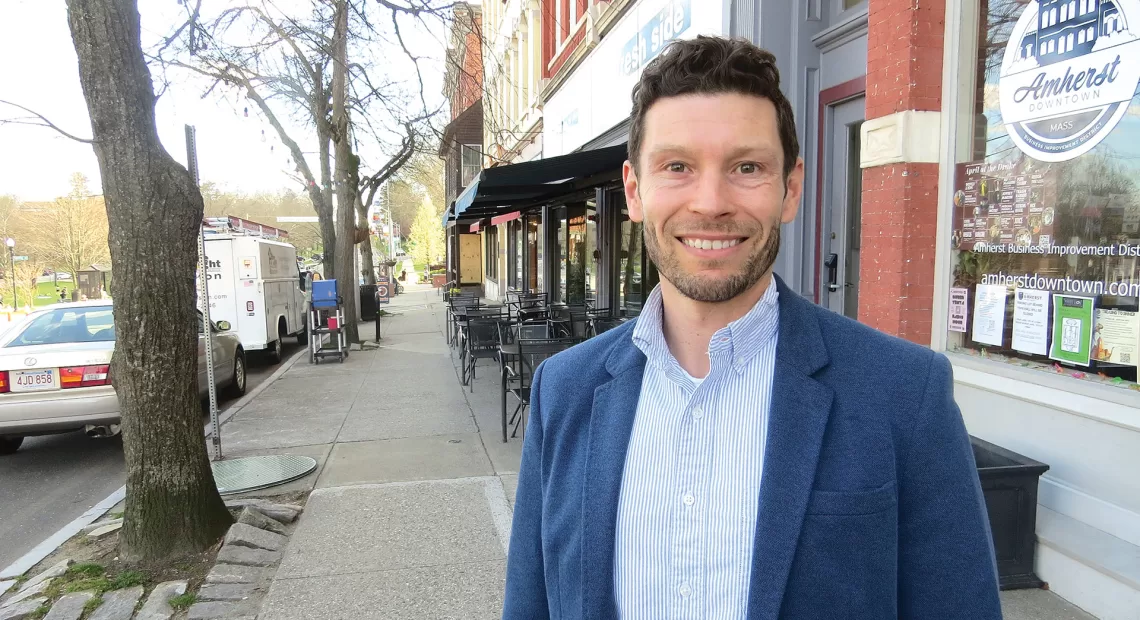
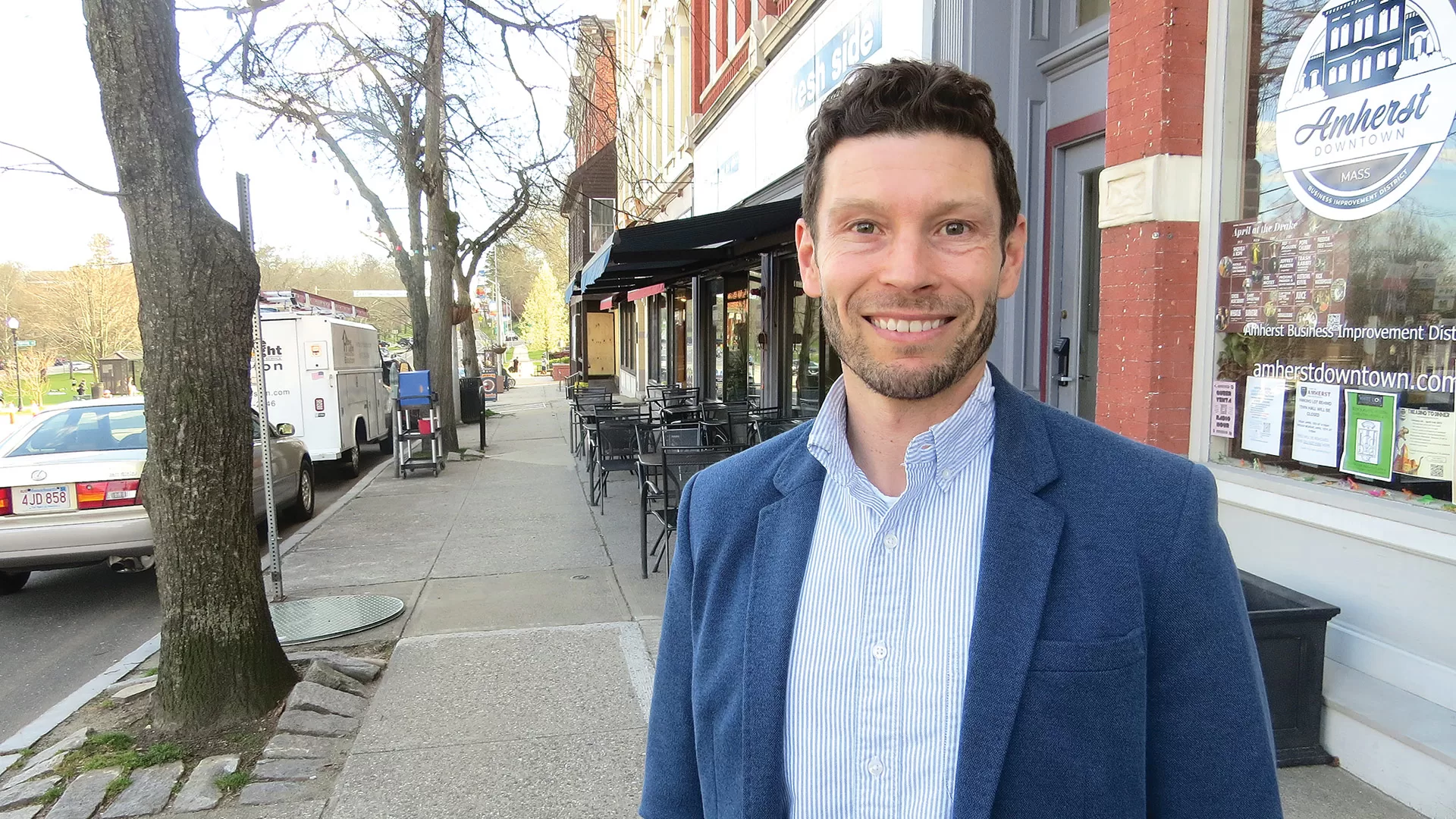

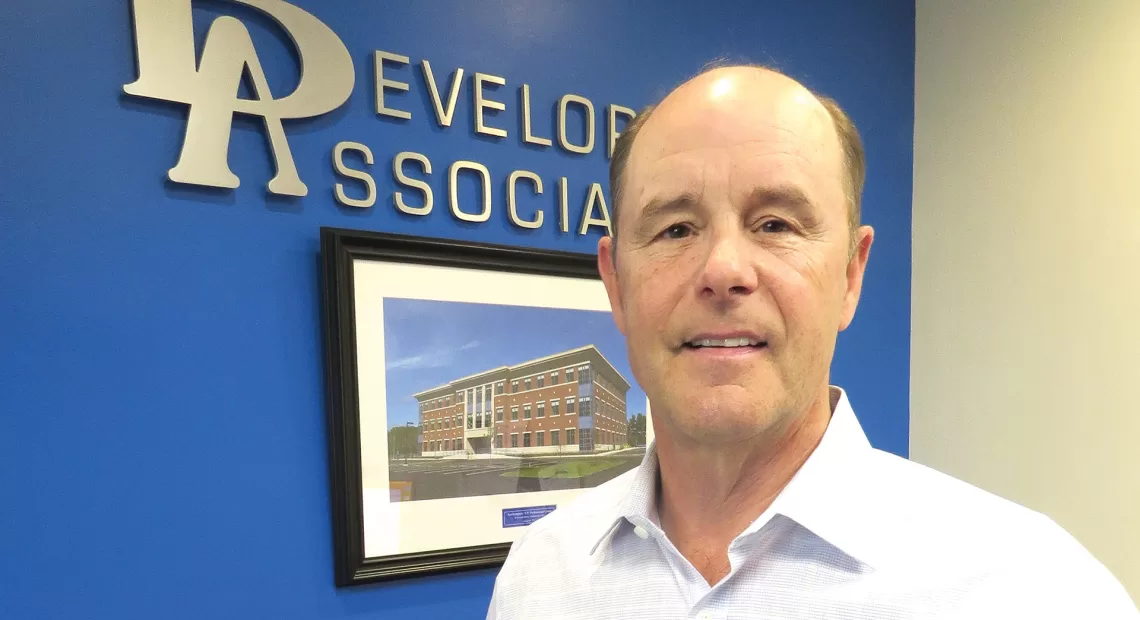
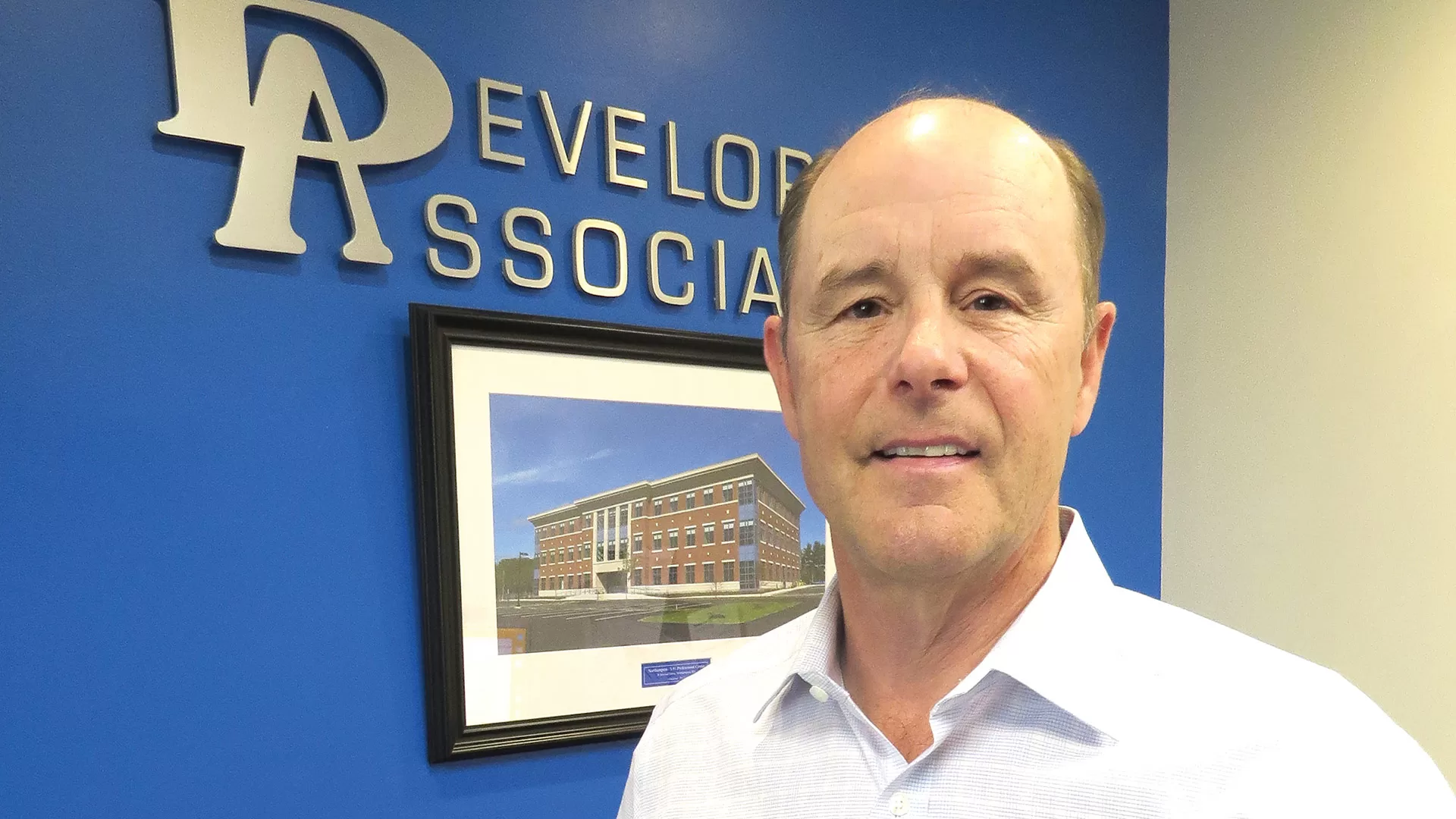
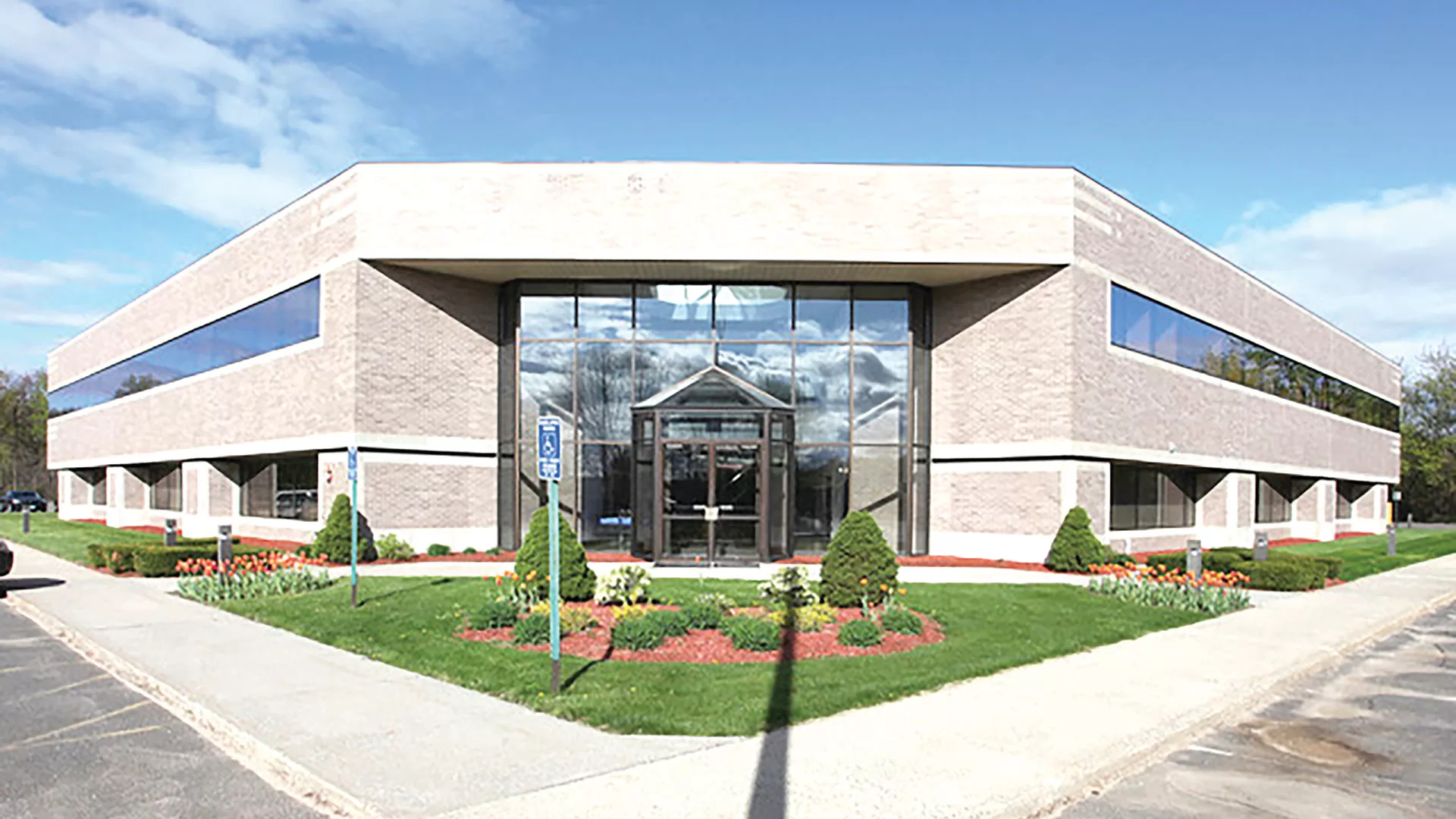

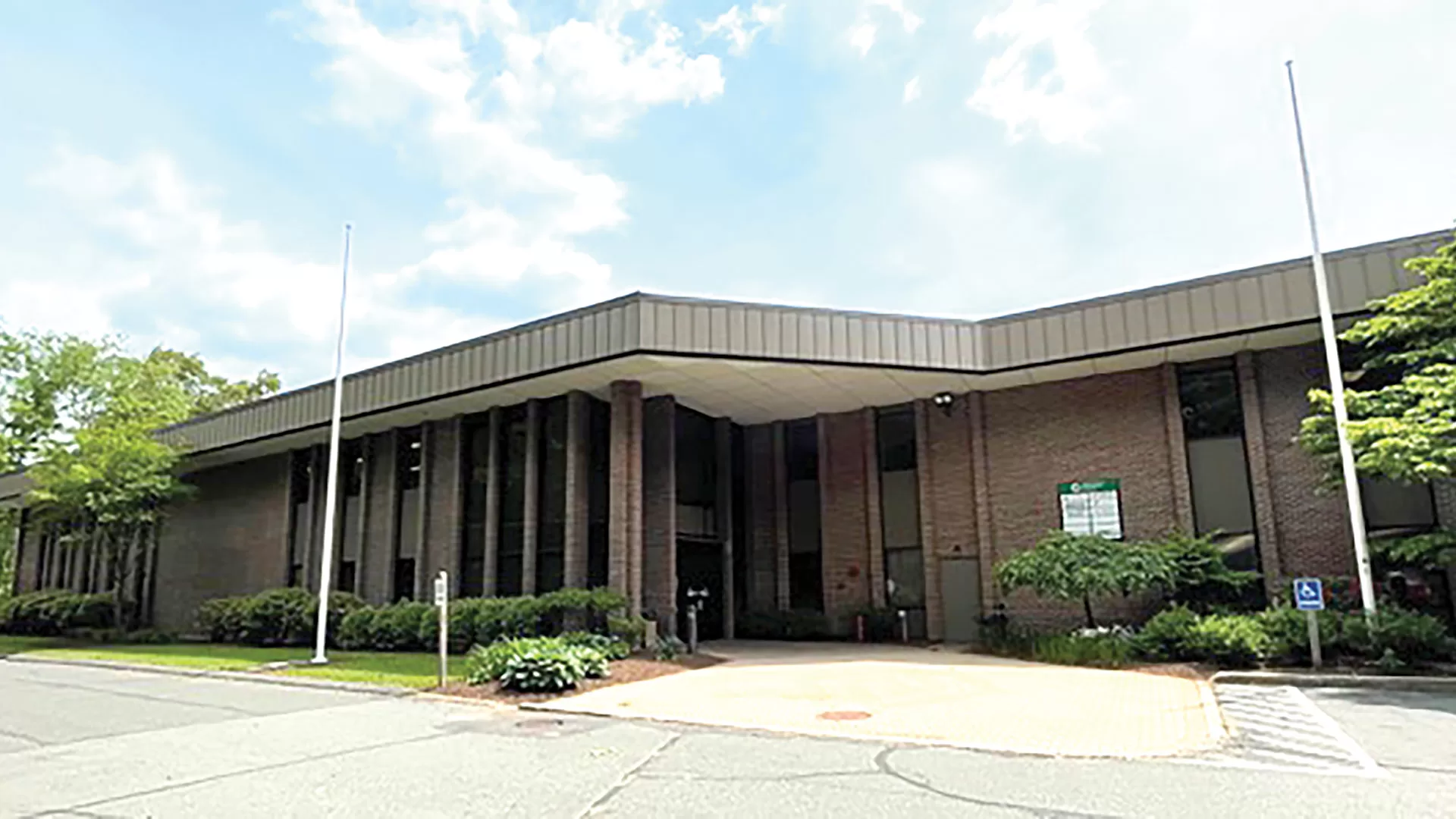
 Laura Shaw acknowledged that few people, if any, would list ‘tax collector’ as a career objective.
Laura Shaw acknowledged that few people, if any, would list ‘tax collector’ as a career objective. While acknowledging that it sounds somewhat cliché, Kayla Sheridan said the broad scope of her work with TommyCar Auto Group constitutes not a job, but a passion.
While acknowledging that it sounds somewhat cliché, Kayla Sheridan said the broad scope of her work with TommyCar Auto Group constitutes not a job, but a passion. Media Sehatzadeh has worked on four continents and several different countries, from Norway to Malawi. She’s thrived in all those settings, she said, because she speaks a common language she encounters everywhere: engineering.
Media Sehatzadeh has worked on four continents and several different countries, from Norway to Malawi. She’s thrived in all those settings, she said, because she speaks a common language she encounters everywhere: engineering. Jennifer Sharrow can’t remember the name of the book she read back in middle school. But she does recall it was about a judge, that it made a deep impact on her, and that it inspired her to want to be a judge herself.
Jennifer Sharrow can’t remember the name of the book she read back in middle school. But she does recall it was about a judge, that it made a deep impact on her, and that it inspired her to want to be a judge herself. Shavon Prophet is a big believer in employee ownership of businesses.
Shavon Prophet is a big believer in employee ownership of businesses. It’s difficult enough to start a new business or nonprofit at any time and under any circumstances. But to do so at the height of a pandemic … well, that’s another story.
It’s difficult enough to start a new business or nonprofit at any time and under any circumstances. But to do so at the height of a pandemic … well, that’s another story. Kate O’Brien Scott says she got into the legal profession “on a whim.”
Kate O’Brien Scott says she got into the legal profession “on a whim.” Payton North didn’t remember aspiring to being a reporter and editor when she was growing up. But her mother found proof that this was, indeed, a long-standing career goal.
Payton North didn’t remember aspiring to being a reporter and editor when she was growing up. But her mother found proof that this was, indeed, a long-standing career goal. Jennifer McGrath is fond of saying there are … well, two sides to Jennifer McGrath.
Jennifer McGrath is fond of saying there are … well, two sides to Jennifer McGrath. Tiffany Cutting Madru says entrepreneurship runs in her family.
Tiffany Cutting Madru says entrepreneurship runs in her family. Like most people, Kenny Lumpkin found the pandemic to be a time of reflection and figuring out what’s really important.
Like most people, Kenny Lumpkin found the pandemic to be a time of reflection and figuring out what’s really important. As a freshman at Longmeadow High School, Joe Lepper was not feeling very good about how things were going in his life. There was some bullying and a distinct lack of direction.
As a freshman at Longmeadow High School, Joe Lepper was not feeling very good about how things were going in his life. There was some bullying and a distinct lack of direction. Juan “Jay” Latorre is not an elected official. Yet.
Juan “Jay” Latorre is not an elected official. Yet. Joesiah Gonzalez was just 23 when he first ran — successfully — for the Springfield School Committee in 2021. He was the youngest member at the time, and he still is, presenting a challenge of sorts.
Joesiah Gonzalez was just 23 when he first ran — successfully — for the Springfield School Committee in 2021. He was the youngest member at the time, and he still is, presenting a challenge of sorts. Chismery Gonzalez says she’s always been interested in promoting equity, especially in regard to leveling the playing field for traditionally marginalized people.
Chismery Gonzalez says she’s always been interested in promoting equity, especially in regard to leveling the playing field for traditionally marginalized people. “Students trust Shannon. They lean in her doorway to say ‘good morning.’ They often disappear into her office, sometimes talking through some issues and sometimes just resting in a safe spot.
“Students trust Shannon. They lean in her doorway to say ‘good morning.’ They often disappear into her office, sometimes talking through some issues and sometimes just resting in a safe spot.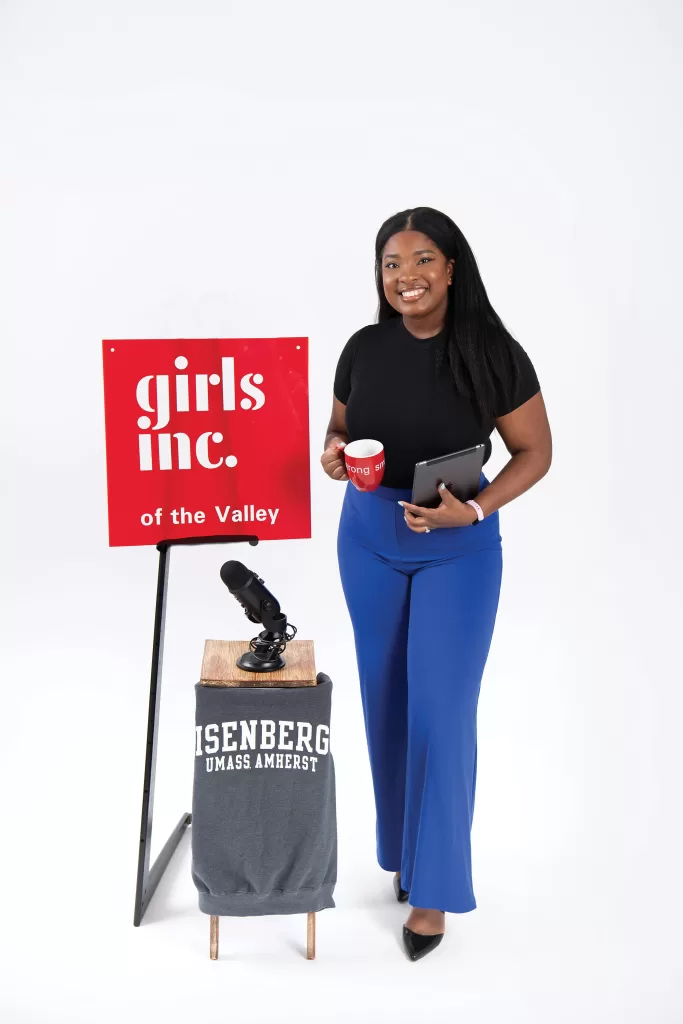 They call it the Dream Maker Award.
They call it the Dream Maker Award. Sean Dolan had June 20 circled weeks before the other 39 honorees in the Forty Under 40 class of 2024.
Sean Dolan had June 20 circled weeks before the other 39 honorees in the Forty Under 40 class of 2024.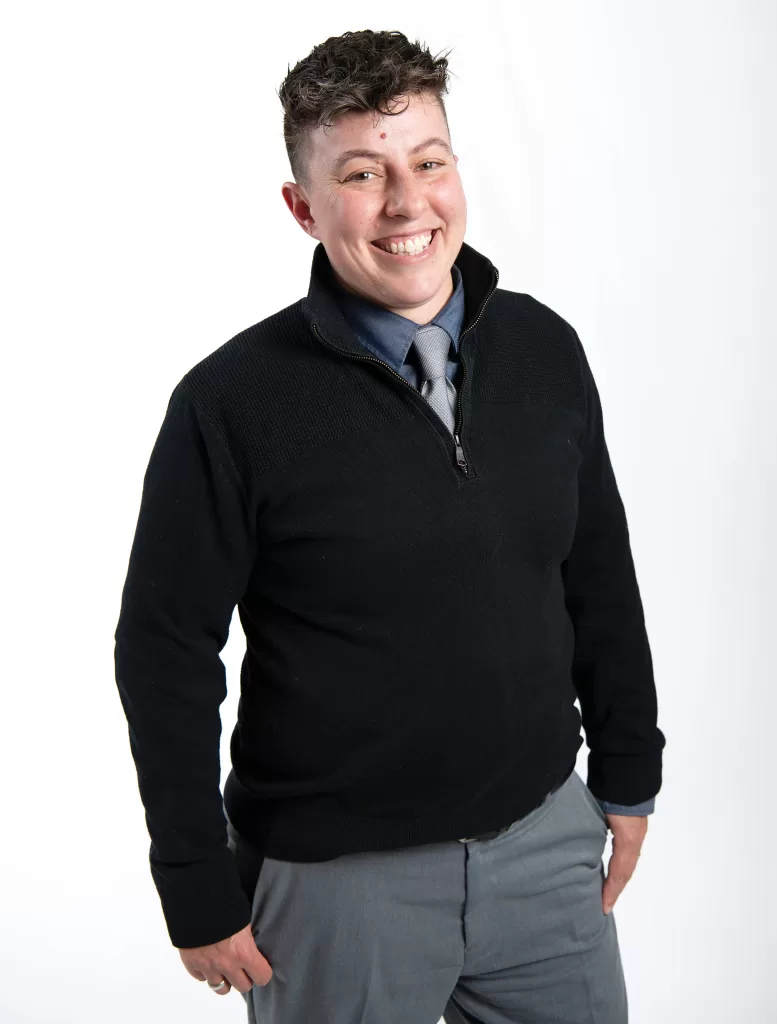 The levels of food insecurity in this region rose dramatically during the pandemic, Lev BenEzra notes, and they continue to rise, for several reasons — from inflation, and the enormous toll it takes on families’ budgets, to the curtailment of many COVID-inspired relief initiatives.
The levels of food insecurity in this region rose dramatically during the pandemic, Lev BenEzra notes, and they continue to rise, for several reasons — from inflation, and the enormous toll it takes on families’ budgets, to the curtailment of many COVID-inspired relief initiatives. Shirley Arriaga says her life and career have gone pretty much according to plan. Or the plan, to be more precise.
Shirley Arriaga says her life and career have gone pretty much according to plan. Or the plan, to be more precise.



